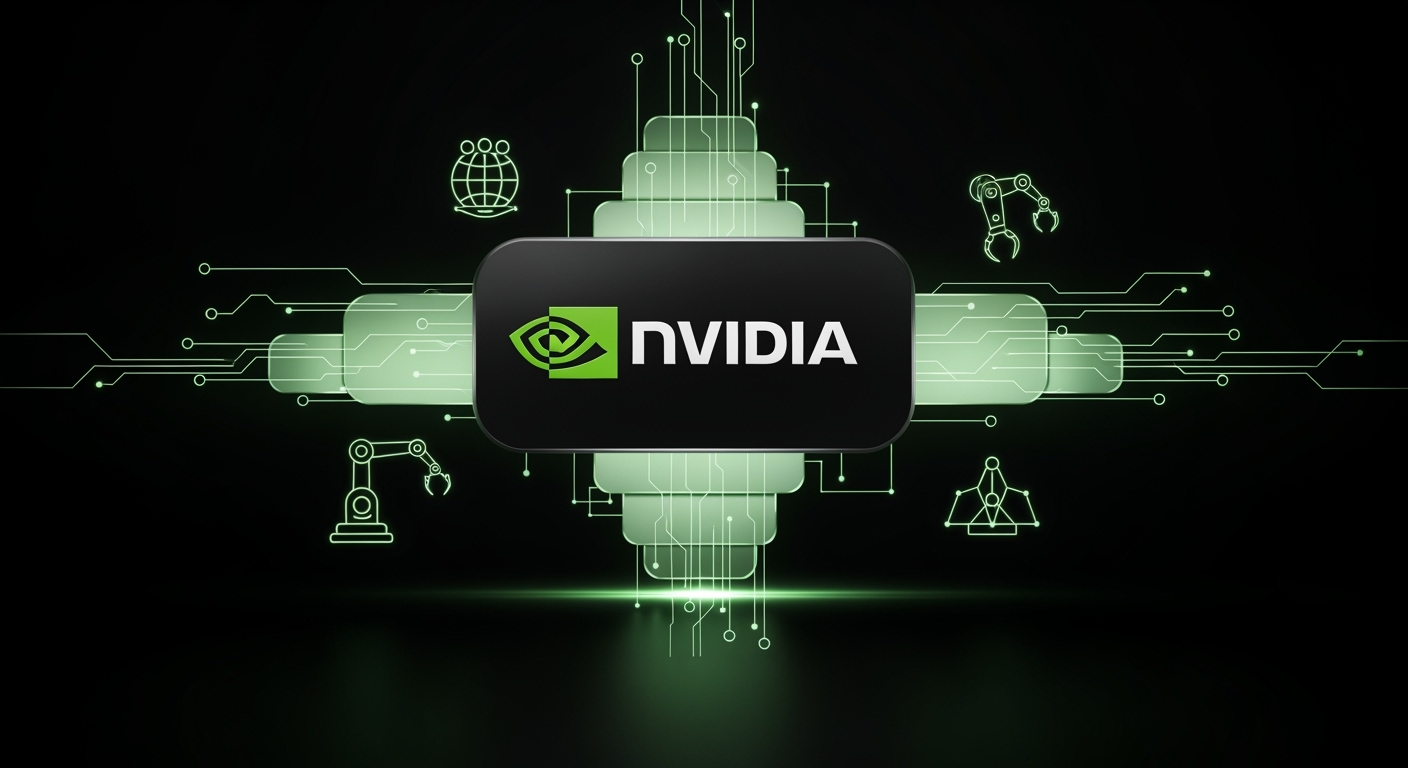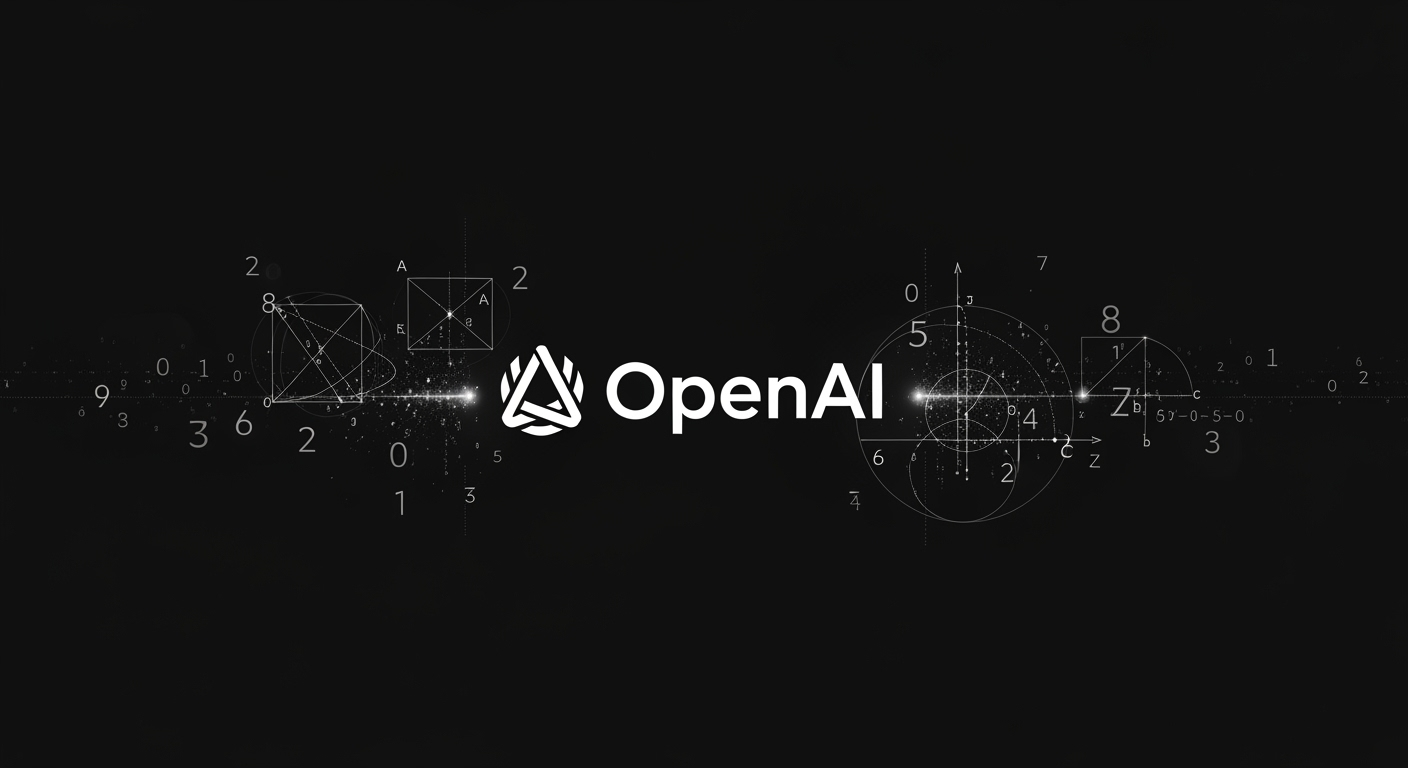Nvidia Introduces Cosmos AI Models and New Infrastructure for Robotics

Nvidia Unveils Advanced Cosmos AI Models and Robotics Infrastructure
Nvidia has announced a significant expansion of its AI offerings for robotics and physical applications with the introduction of new world models, libraries, and infrastructure tools. These innovations are designed to accelerate the development of next-generation robots and AI agents capable of understanding, reasoning, and interacting with the real world.
Key Highlights from Nvidia's Announcement
- Cosmos Reason: A 7-billion-parameter vision-language model that enables robots and AI agents to "reason" about their environment and plan actions. It leverages memory and physics understanding, making it suitable for tasks such as robot planning, data curation, and video analytics.
- Cosmos Transfer-2: This model accelerates the generation of synthetic data from 3D simulation scenes or spatial control inputs, which is essential for training robust AI and robotics applications.
- Optimized Distilled Model: A streamlined version of Cosmos Transfers focused on speed, ideal for rapid development cycles.
New Tools and Libraries for Developers
Nvidia introduced a suite of neural reconstruction libraries, including a new rendering technique that allows developers to simulate realistic 3D environments using sensor data. This capability is now being integrated into the open-source simulator CARLA, a popular platform for robotics and autonomous vehicle research.
Additionally, there are updates to the Omniverse software development kit, providing developers with more powerful and flexible tools for building virtual environments and training AI agents.
Infrastructure Upgrades for Robotics Workflows
- Nvidia RTX Pro Blackwell Servers: A unified server architecture purpose-built for robotic development workloads, offering high performance and scalability.
- Nvidia DGX Cloud: A new cloud-based platform, allowing developers to manage and scale robotics experiments and training with ease.
Why This Matters
These developments signal Nvidia's growing commitment to enabling the next wave of robotics innovation. By providing powerful AI models and robust infrastructure, Nvidia aims to empower businesses and researchers to build advanced robots and AI agents capable of operating in complex, real-world environments. For companies investing in automation, smart manufacturing, or AI-driven logistics, these tools could significantly reduce development time and improve performance.





